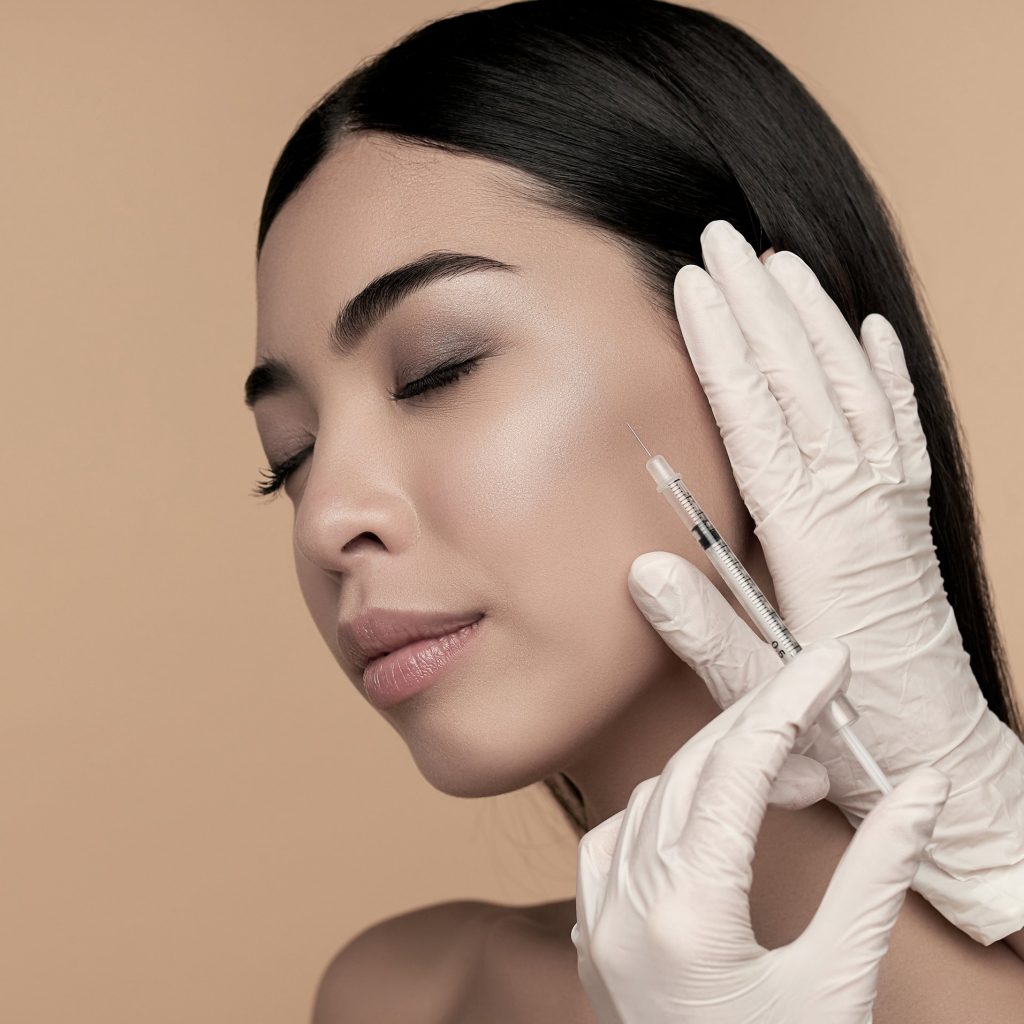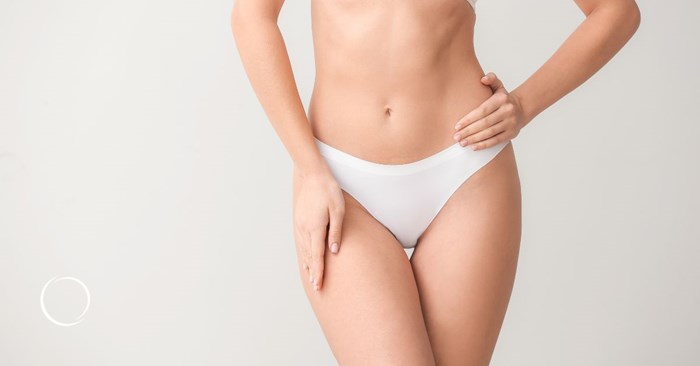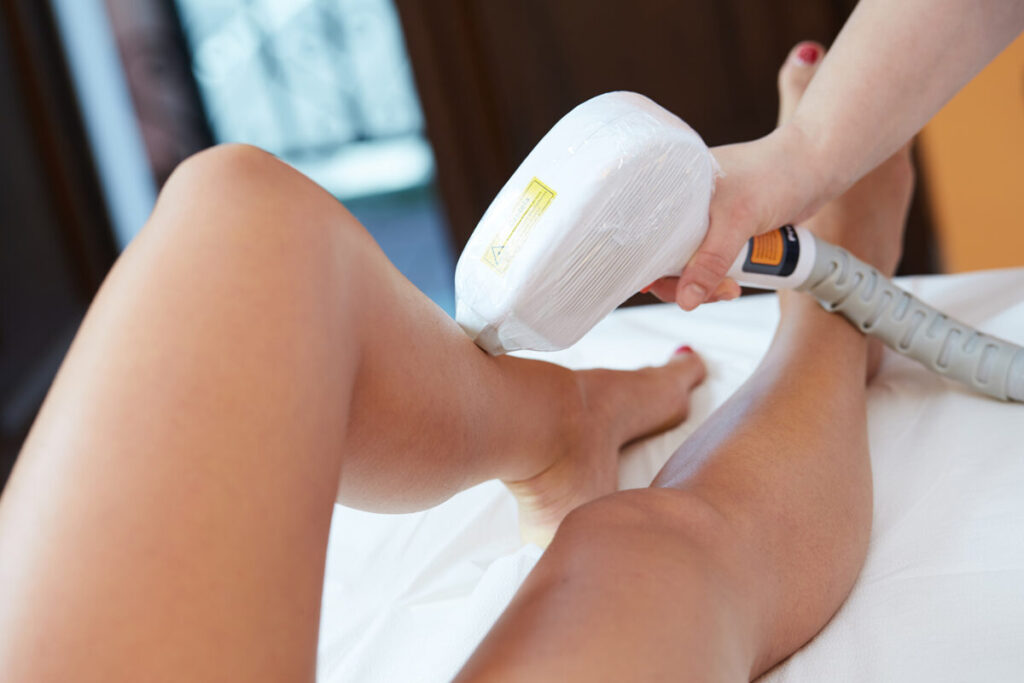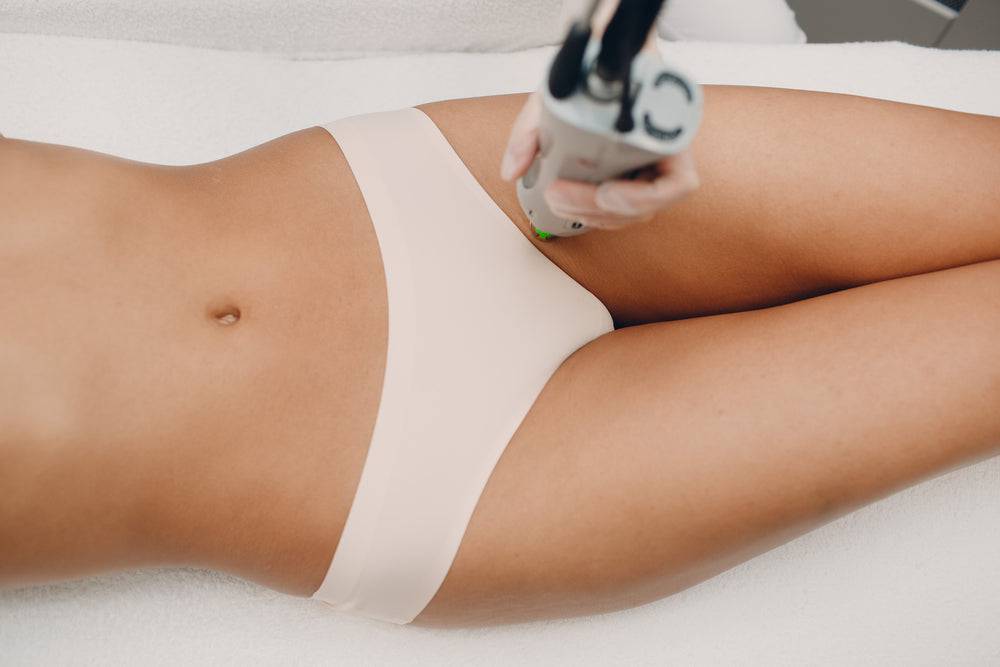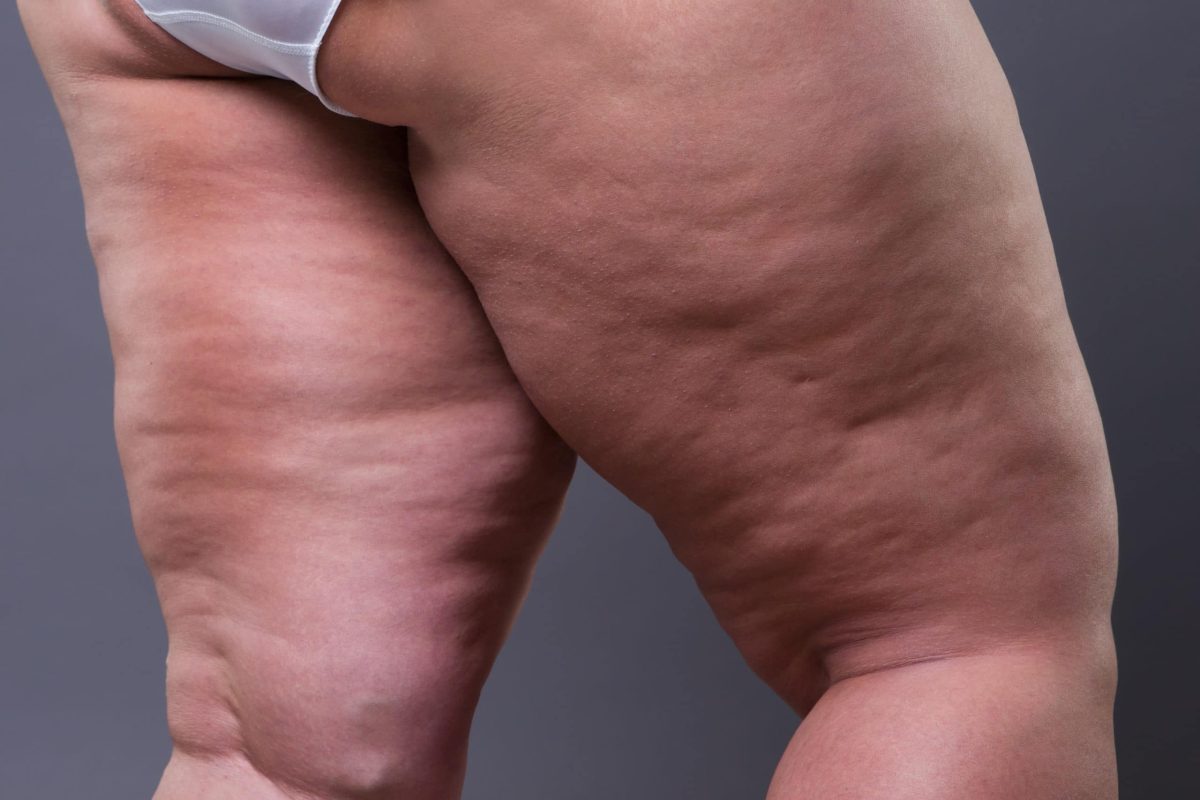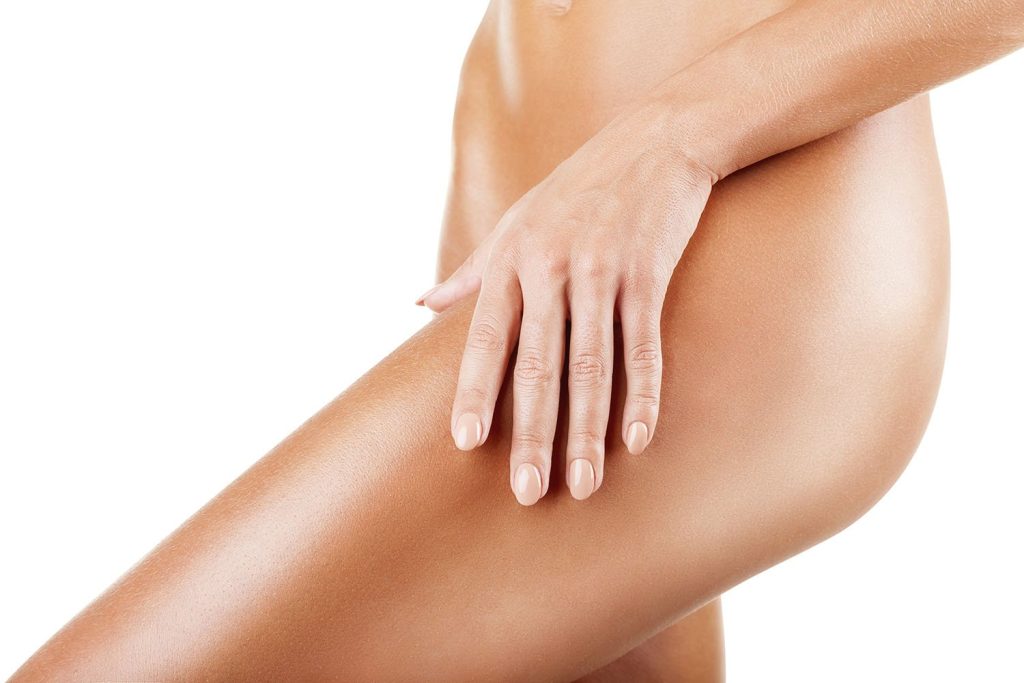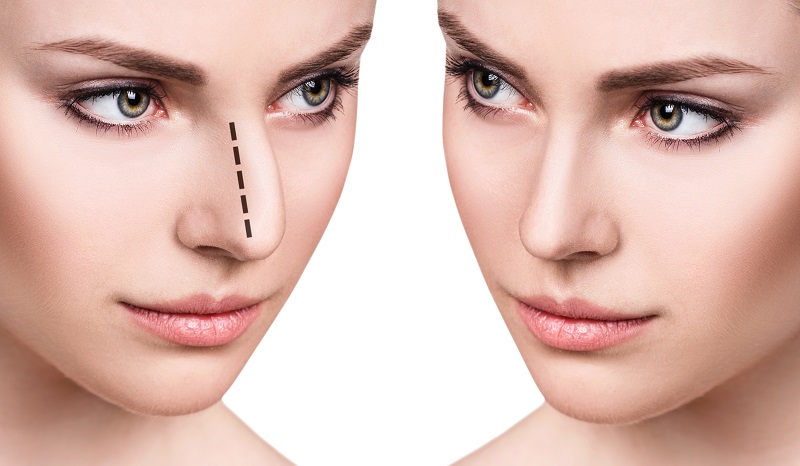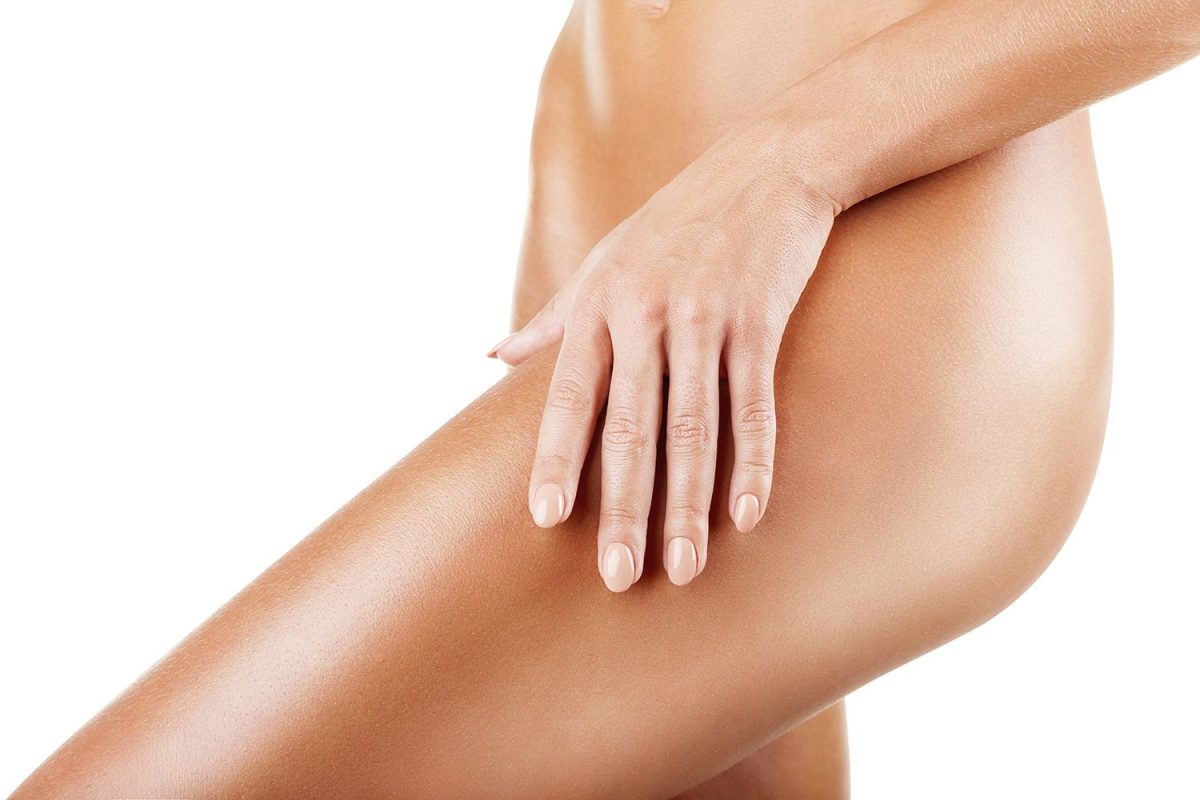Key Takeaways
-
You don’t really have a ‘best age for liposuction,’ it has more to do with skin elasticity, stable weight, overall health and emotional maturity.
-
Good skin quality and stable weight for better results and less risk, particularly in younger candidates.
-
Patients in their forties and older may need supplemental procedures to address shifting skin and fat.
-
Personal health status and healthy lifestyle habits are the biggest factors in recovery and long-term satisfaction with liposuction.
-
Undeniable drive, achievable objectives and psychological preparedness are key for a favorable liposuction journey.
-
Adhering to aftercare recommendations and healthy habits are essential for optimal healing and long-lasting results.
The optimal age for liposuction is typically 18 to 50 years old when individuals tend to have excellent skin tone and overall good health. Age by itself doesn’t determine who can have liposuction, but younger adults might witness more seamless results because their skin can better rebound once fat is lost. Health, skin quality and realistic goals matter more than a birthday. Individuals with stable weight and no major health problems tend to be the ideal candidates for this surgery — whether they’re in their 20s, 30s, or 40s. Decisions vary by individual health, so a physician’s recommendation is critical. The following post addresses considerations prior to undergoing liposuction.
Ideal Candidacy
The ideal age for liposuction isn’t about math. It’s a combination of skin quality, weight maintenance, health and attitude. Individuals from 18-50 usually have the best mix of these factors, age by itself doesn’t determine ideal candidacy. LOTS of stuff can influence the results.
1. Skin Quality
Good skin elasticity is what counts the most for smooth outcomes post-liposuction. When skin is taut, it retracts nicely after fat is removed, so the contour appears natural. Younger folks generally have tighter skin which aids in compressing healing time and optimizing the end appearance.
Slack or thin skin makes recovery more difficult and results more uneven. Occasionally, patients with excess skin might require additional surgery down the road such as a skin lift. Skin quality changes with age, but even some of the older set retain enough elasticity for nice results. People of all ages should have their skin checked with a physician prior to scheduling this surgery.
2. Stable Weight
Maintaining a stable weight six months prior to surgery is crucial. If your weight bounces, your results don’t stick. Most surgeons say they like people to be within 9–14 kilograms of their ideal weight, so the fat they suck out doesn’t return too soon.
Weight history lets the surgeon know your habits and risks. A lot of people discover that it’s helpful to lose a target weight and hit it pre-surgically. If you drop a lot of weight post-liposuction, loose skin can pop up or you might require additional work.
3. Overall Health
A full health check is required. Any chronic health issues, such as diabetes or heart problems, can increase surgery risks. Those who are healthy—no heart disease, no major illnesses—do better and recover quicker.
Doctors want to know about medicines or herbs that may increase bleeding risk. Smokers must stop smoking at least a month prior to surgery, as it impedes healing. Even 60 or 70-somethings can be good candidates if they maintain their health and have definitive objectives.
4. Realistic Goals
To understand what liposuction can and cannot do. It’s not weight loss, it’s body contouring by removing resistant fat.
Folks should speak openly with their physician about their desires. Expectations have to align with their body and where they hold their fat. This prevents frustration and maintains the road encouraging.
5. Emotional Maturity
Mental preparedness matters. Plastic surgery has its ups and downs. Being candid about your desire for the change keeps your mindset sane.
Older or younger, life stage informs how you deal with rebound and outcomes. Emotional maturity is just as vital as physical health.
Generational Outlook
Liposuction candidacy varies significantly with age. Skin bounce, healing speed, and even motivation for surgery vary by decade. Body goals and surgery attitudes have shifted. Below, watch liposuction age generate decisions and outcomes for patients considering liposuction.
Twenties & Thirties
Young adults don’t typically desire lipo to lose weight — they want liposuction to contour areas of their body. They tend to strike areas such as the hips, thighs or abdomen, where fat refuses to shift with physical activity.
Good skin bounce at this age helps the body conform nicely after the fat gets sucked away. Healing is usually quicker, though swelling can persist for up to six months. With hormonal balance, fat deposits are more stable, though shifts can begin in the late 30s. Lifestyle contributes—diet, stress and sleep all can play a role in healing and outcome. A lot of twenty-somethings and thirty-somethings are still discovering their own body. Emotional readiness is the name of the game. It’s not only fashionable, it’s smart shopping that endures.
Forties & Fifties
In your forties and fifties, skin tends not to snap back as easily post-surgery. Hormones can cause fat to settle in new places, frequently around the belly or waist. This crowd might require additional measures, such as a tummy tuck, to achieve the desired appearance.
Hormonal shifts during these years can alter body shape and fat distribution. That makes planning with a doctor all the more crucial. Staying healthy—eating right, exercising—translates into scar healing and longevity. The perfect candidate age for liposuction is 18 to 50 but we have had many in their fifties do see good results with the proper care.

Sixties & Beyond
Older individuals are susceptible to slower healing and greater chance of swelling or bruising. Skin is generally thinner and less elastic, therefore achieving your perfect contour may require more than one session.
General health and tough pre-op checks are more important the older you are. The 60+ can still have liposuction, but it can take weeks to recover. Expectations should be explicit and extra caution is required to prevent problems.
Beyond Your Birthdate
Age is just a piece of the liposuction puzzle. Health, habits, and your body’s quirks count just as much—sometimes more. These determine not just if you’re a candidate, but how well you recover and the outcome you can anticipate.
Health Status
Chronic health conditions are a big deal. Diabetes, heart disease or immune problems increase risks during liposuction. Others might require additional testing, or even be cautioned from surgery.
Getting these health issues under control prior to liposuction is crucial. These are lower risks with well-managed blood pressure or blood sugar. Doctors will recommend waiting for your health to be stable or tweaking meds. Routine checkups catch problems early. That’s why surgeons typically request a full medical history and may even demand lab work. Your health impacts your healing velocity. Young adults usually bounce back a bit quicker — sometimes within days — but older adults may require weeks. As you get older, your skin doesn’t spring back as readily and it recovers more slowly.
Lifestyle Habits
Good habits count. Those who eat balanced meals and exercise regularly tend to get better results from liposuction.
Working out keeps your weight stable and increases blood circulation, which accelerates repair. Well nutrition bolsters your immune system, aiding you in battling infection post-surgery. Smoking and heavy drinking delay healing and increase the risk of complications. Doctors ask patients pre surgery to quit smoking and reduce alcohol. Bad habits, such as consuming processed foods or lack of exercise, can result in increased inflammation, extended recovery, or undesired outcomes post-liposuction.
Metabolic Profile
Metabolic rates affect the way your body stores and burns fat. For instance, a person with a rapid metabolism might bounce back from surgery more rapidly and experience more seamless results. Slow metabolism or hypothyroidism can make healing take longer and shift where fat redistributes.
Metabolic health determines your body’s response to surgery. Liposuction is not a solution for bad metabolism, but a good metabolic profile keeps results stable. Several surgeons provide customized plans based on metabolism, analyzing things such as hormone levels or a family history of metabolic problems.
The Psychological Component
Navigating the psychological side of liposuction is just as crucial as the physical. Motivation, self-image, current life stage and mental health support all color how people feel about surgery, impact recovery and long-term satisfaction.
Motivation
A lot of us consider liposuction after a decade of battling our shape through diet and fitness. Intrinsic motivation — feeling prepared for a change for yourself — tends to result in better outcomes. Those driven by external impetus, like social media, family, or friends, occasionally end up pursuing someone else’s ambitions. This may cause you to lament.
Taking time for self-reflection ensures the decision is personal and aligns with your own values. This step is crucial, as research indicates patients with good self-motivation and realistic expectations are generally happier post-surgery. Recovery happens more easily when the decision is deliberate, not hasty, driven by fads or other people’s expectations.
Body Image
Body image problems tend to initiate the quest for cosmetic solutions such as liposuction. Some want to feel more comfortable in social or professional situations, others want to increase their confidence following weight or health transformations. Studies that employ Body Shape Questionnaire (BSQ) demonstrate decreases in concerns about body shape post surgery with BSQ scores decreasing over time (p = .004). More underlying problems, like body dysmorphic disorder and depression, tend to remain, as reflected in BDDE-SR and ZDS scores.
Realistic goals are essential. Anticipating new life or perfect bod from surgery is a sure way to lay the groundwork for disappointment. A good self-image lift — but only when mental health is stable. Psychological health can get better, but it’s most effective in combination with sustained assistance and candid discussion with medical providers.
Life Stage
Life stages are a big factor in the decision for liposuction. Younger adults might prioritize figure over professional development, whereas seniors could seek to reclaim their physique following pregnancy or illness. For others, post-pregnancy weight gain changes their fat distribution, so liposuction becomes attractive.
Age can influence the motivations for surgery. Some look to feel younger, others want to tackle deep-seated issues. Timing is everything—work, family and social life all have to align with the recovery period, which can extend as long as six months.
Mental Health Support
Psych evaluations, before lipo. They seek psychological attributes of steady temperament, pragmatic goals, and emotional preparation. Testing with BSQ, BDDE-SR and ZDS is typical.
Support before and after surgery helps avoid setbacks.
Risk & Recovery
Liposuction is a surgery with its own risks and aftercare requirements. Knowing the potential complications, healing time, and aftercare is essential for anyone considering this surgery at any age. Recovery varies with age, health and adherence to aftercare instructions.
-
Rest for the first 48 hours post surgery
-
Wear compression garments as directed by your surgeon
-
Keep incisions clean and dry to reduce infection risk
-
Schedule and attend all follow-up appointments
-
Avoid strenuous activities for 4–6 weeks
-
Organize support at home for those initial days.
-
Maintain a balanced diet and stay hydrated
-
Monitor for signs of infection such as fever or unusual swelling
Procedure Risks
|
Potential Risk |
Severity |
Mitigation Strategy |
|---|---|---|
|
Infection |
Moderate-High |
Use sterile techniques, antibiotics |
|
Scarring |
Mild-Moderate |
Follow wound care, avoid sun exposure |
|
Nerve changes |
Mild-Severe |
Careful technique, monitor post-op |
|
Prolonged swelling |
Moderate |
Compression garments, rest |
|
Blood clots |
Severe |
Early mobilization, regular monitoring |
Selecting a talented surgeon is the surest means of minimizing complications. Accordingly, researching credentials and patient outcomes minimizes risk.
Health history factors in as well. Patients with chronic diseases like diabetes or heart disease may be at greater risk during surgery.
They have more serious risks for those under 18, as their bodies are still developing. For anyone over 60, the body might require more time to recover and there could be extended swelling or bruising.
Healing Process
|
Stage |
Timeline |
Influencing Factors |
|---|---|---|
|
Initial recovery |
1–2 weeks |
Age, activity level, health |
|
Swelling subsides |
3–6 months |
Aftercare, compression use |
|
Full results |
Up to 6 months |
Lifestyle, post-op care |
Younger adults often bounce back quickly, in some cases returning to their normal activities within a few days. Older folks might require an additional week or two before they sense normal again.
Post-operative, following your surgeon’s directions, makes a real difference. Disregarding care instructions can result in additional swelling, infection or extended downtime.
Recovery is never a universal process. Health, age, support at home all alter how fast someone recovers.
Aftercare Needs
Good aftercare is crucial for healing. Compression garments control swelling and shape the area. They’re typically required for weeks post-surgery.
Frequent visits with your plastic surgeon catch problems early and monitor your recovery. Most surgeons suggest visitations at 1 week, 1 month and 3 months post-operatively.
Healthy habits accelerate recovery. Eating healthy, getting plenty of hydration, and avoiding cigarettes can help facilitate healing and reduce the risk of complications.
It’s wise to get assistance at home during the initial few days.
Long-Term Results
Liposuction long-term results are dependent on a combination of lifestyle, body composition, and age. Even though the fat cells removed in liposuction don’t regenerate, the way the body stores fat can shift. If a person maintains their weight — preferably without fluctuations of 20-30 pounds above or below their ideal — the new contour can endure for years to come. Bigger swings in weight can alter the outcome, and deposits of fat can appear elsewhere.
A lot of you are wondering how long it takes to see this final result. Swelling can linger for weeks, even months, and so it may take a minimum of three months for results to present. Healing is not immediate. The majority of patients require 3-6 months for swelling to subside and the skin to settle. Patience and adherence to aftercare instructions are crucial during this period.
Lifestyle determines how long the new look lasts. Decisions on a daily basis can either assist or damage the result. Some lifestyle factors that play a role are:
-
Balanced diet with enough protein and fresh foods
-
Regular exercise, at least 150 minutes per week
-
Not smoking or drinking too much alcohol
-
Managing stress and getting enough sleep
-
Sticking to a healthy weight over time
Aging is the other half of the tale. Skin loses its firmness with age. Others’ shapes might change with age, even if the fat removed by liposuction never does. Each individual’s body is unique in their skin tone, healing process and fat storage.
For others, one liposuction session isn’t sufficient. Despite your finest grooming, fat can come back in new places or the appearance might not be as long-lived as you’d hoped. A second procedure or other body contouring treatments might be necessary to maintain the desired shape. Most specialists agree that individuals from 18 to 65 achieve the optimal, safe long-term outcomes, but good health and realistic objectives outweigh age alone.
Conclusion
Age is not a strict criteria for liposuction. Whether you’re in your 20’s, 30’s or even 40’s, everyone responds really well – as long as you remain healthy and establish realistic goals. Skin bounce, health, and mindset trump a number any day. For instance, a healthy, firm skinned 40 year old may heal faster than a weak more youthful individual. Recovery and risk remain linked to health, not age. True transformation endures with attention and deliberate strategies. Chat a trusted doc and be upfront about your objectives. To find out more or to share your story, contact us, or browse other guides to see how others decided.
Frequently Asked Questions
What is the best age to get liposuction?
There is no one best age for liposuction. In general, candidates are adults who are over 18 years of age, and whose weight is stable and healthy. It is more about suitability of your health than age.
Can teenagers get liposuction?
Liposuction is hardly ever advised for teens. Generally, most surgeons recommend that you wait till full development, which is typically after 18, unless there are specific medical indications.
Does age affect liposuction results?
Age can impact skin elasticity, potentially affecting outcomes. Younger patients generally get better skin tightening, but healthy older adults can get excellent results with the right expectations.
Is liposuction safe for people over 50?
Yes, liposuction can be safe for people over 50 if they are healthy and medically cleared. Risk factors are tied to overall health—not just age.
Are there age-related risks for liposuction?
Older adults might experience more risks, like slower healing or skin laxity. A comprehensive medical screening is essential to reduce the risk of complications.
How long is recovery after liposuction for different age groups?
Recovery differs by individual, not just age. While younger patients may heal faster, healthy habits and adhering to your doctor’s advice are more important for a smooth recovery.
What factors matter most when deciding on liposuction?
Being healthy, having good skin quality, reasonable expectations and a steady weight are important. Age matters less than these elements for safe and effective outcomes.





